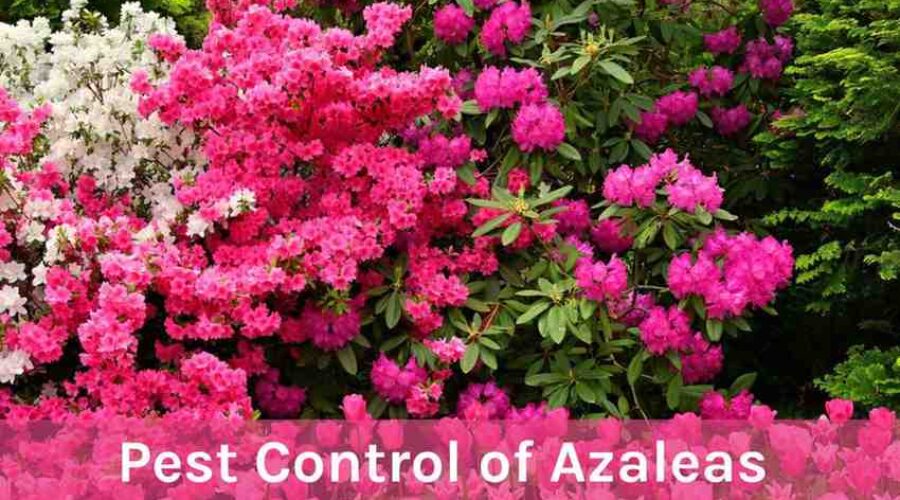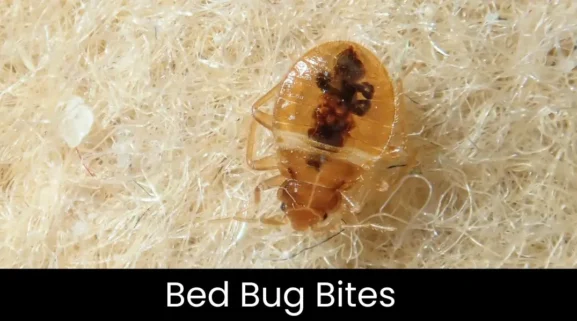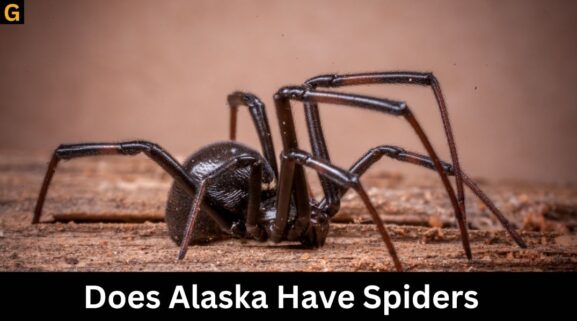Pest Control of Azaleas: Protect Your Plants
Do azaleas need pest control? You are probably a gardener in South Carolina who loves what azaleas introduce into your landscape-pretty blooming flowers, indeed. However, azaleas can sometimes be a little difficult to maintain. Many gardeners are often left asking do azaleas need pest control. To put it simply, yes. Azaleas are prone to a wide variety of pests that can slow growth, cause leaf damage, or reduce flowering. Therefore, carrying out effective pest control of azaleas is vital in maintaining their health and ensuring they continue to flourish for many seasons to come.
Common Pests That Affect Azaleas
Though short-lived, azaleas are subjected to some annoying pests. The pests can be a problem and, therefore, complemented by various preventive measures and precautions toward protecting the plants. Do the azaleas become a target of pest control in South Carolina? Do azaleas need pest control? Yes, the warm and humid climate in South Carolina can provide conditions conducive to pest survival and development.
1. Azalea Lace Bug: One of the most common pests that worry azaleas, lace bugs, suck on leaves’ undersides and present stippling and yellowing signs. This can greatly weaken a plant if left untreated.
2. Spider Mites: Small and therefore difficult to recognize, but cause severe damage. Discoloration and dropping of leaves caused by these pests suck leaf sap.
3. Caterpillars and Beetles: Numerous caterpillars and beetles feed on azalea leaves, chewing holes and resulting in defoliation.
4. Scales: Scale forms and plants itself on stems and leaves feeding on sap. This causes dieback and weakening of the branch.
5. Whiteflies: This pest attacks azalea when it sucks on sap, it makes weak pale leaves and less blooms.
To conduct pest control of Azaleas is to notice them at an early stage and, therefore, the treatment should be dispensed with at the first appearance.
Signs of Pest Infestation in Azaleas
Recognizing the early signs of pest infestation is key to maintaining the health of your azaleas. Do azaleas need pest control at the first sign of trouble? Yes, addressing pest issues promptly prevents further damage and keeps your plants vibrant.
1 Discolored or Stippled Leaves – Spots on leaves that are discolored in yellow, white, or bronze indicate a lace bug or spider mite infestation.
2 Leaf Drop: Unexplained dropping of leaves is indicative of a pest problem, more particularly when evidence of leaf damage is noted.
3 Sticky Residue or Sooty Mold: Scale insects and whiteflies excrete sticky honeydew, promoting sooty mold on leaves and stems.
4 Holes in Leaves: Caterpillars and beetles leave quite conspicuous holes in leaves while feeding.
5 Visible Pests: Occasionally, there are pests, such as lace bugs or spider mites, that are found on the undersides of leaves.
Regular inspections of your plants will allow the discovery of pests control of azaleas and their treatment before heavier infestations occur.
Best Pest Control Methods for Azaleas
Do azaleas need pest control to stay healthy and vibrant? Without a doubt. Implementing the right pest control methods ensures that your azaleas thrive throughout the growing season.
1 Regular Inspection & Maintenance: Regular inspection is perhaps the best technique to control pests. Inspect leaves and stems for pests on the undersides.
2 Pruning & Cleaning: Prune off affected branches and dispose of the infested leaves so that these pests would not spread.
3 Horticultural Oils and Insecticidal Soaps: These treatments work on lace bugs, scale insects, and spider mites. Aim to coat the leaves and stems thoroughly.
4 Neem Oil: This oil inhibits the complete life cycle of these pests and stops their feeding. It is one natural remedy for pest control of azaleas.
5 Chemical Treatments: Chemical insecticides may, however, sometimes be required in case of severe infestations. Choose products labeled for azaleas and follow the maker’s directions on the application carefully.
6 Encourage Beneficial Insects: Ladybugs and lacewing larvae of both types feed on many of the pests that affect azaleas. The introduction of beneficial insects provides natural pest control.
A combination of these methods will ensure thorough pest control of azaleas for their good health and radiance.
Why Pest Control is Essential for Azaleas in South Carolina
The hospitable climate of South Carolina has also made this state conducive to pests, which makes pests control of azaleas a necessity. Do azaleas need pest control more often in this region? Yes, the infestation of pests flourishes due to high humidity and warm temperatures. Vigilance and application of different pest control techniques can help gardeners protect their azaleas from numerous threats.
Additionally, azaleas are one of those famous plants and shrubs grown in several gardens in South Carolina, adding aesthetic appeal and color enhancement to the landscape of the freshly grown landscape. Pest control measures help preserve the beauty of these plants and maintain the garden’s overall health.
Conclusion
At GOGETFIX, we believe a pest-free garden must be maintained. Do azaleas need pest control? Yes, if you want your azalea to keep flourishing with bright colors. We provide the Best Pest Control Service in the State of South Carolina, specializing in pest control for azalea and other garden plants, among them lace bugs, spider mites, or scale insects. Our team has got you covered to solve the problem.
For those of you looking for a Pest Control Service Near Me, GOGETFIX delivers superior pest control solutions in your locality. Our trained crew will conduct a detailed inspection, suggest specific treatments, and provide durable protection for azaleas. A professional pest control treatment of azaleas will ensure healthy plants and lush surroundings in all seasons.
Reach out now by calling GOGETFIX and scheduling an inspection today. These are the very first steps towards healthier and stunning azaleas, that maintain your garden beauty while they are around and make your overall landscape a piece of something… beautiful!



